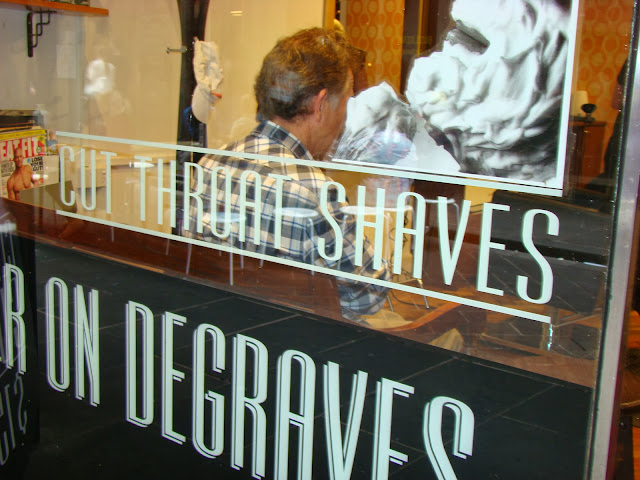Contemporary art and I often struggle and it is a toss up of whether I view it and go away a little disillusioned and disappointed or really fired up and challenged.More often then not it is the former that wins out.
I have never been so fired up and challenged as when I walked into a conversation with this artist who for ease of purpose I will call Cai - (pronounced as in sigh ). My sister and I were lucky enough to go to the opening weekend of this massive seminal exhibition at the Gallery of Modern Art ( GOMA) in Brisbane which is on until May of 2014. Don't miss it.
It is difficult to convey the beauty of it, but also the special angle given to it by having the artist there. The conversation was conducted in Mandarin with an able translator and watching Cai answer the incisive and probing questions was music in itself as he related to us how he had rebelled against his father but also took from him the fact that he decorated small match boxes. Perhaps a lot to do with his decision to use gunpowder in a few of his works, one of which, some years ago in Brisbane ended in disaster with the gunpowder blowing up. He spoke eloquently of his development and his creations all over the world and one can truly call him an international artist. He was gracious and humble in a way which resonated with the audience and the use of his hands to add emphasis to what he was saying was not lost on us. His red socks lighted up his dark suit but his face said it all. Radiant, open, smiling and able to listen and take in everything anyone had to offer. I suppose what really impressed me is that he travels to countries with an open mind and then uses the people and the places, in Queensland its unparalleled nature, to create the amazing works he exhibits. He connects with the people and the places and his art is relevant to each.

He has returned to explore the beauty of Queensland and to bring to GOMA his unique style and probing mind. One of the exhibits of this exhibition is so magnificent in its simplicity that I will write a separate blog about it.
A little about him. He was born in 1957 in Quanzhou in China and studied stage design in Japan. He lived there from 1986 to 1995. Since 1995 he has been based in New York. He has had a number of solo exhibitions but this is his first one in Australia. He was responsible for the Visual and Special effects in the Beijing Olympics and has won numerous awards for his works and creations.
He created three works in three of the main exhibition galleries:
"Eucalyptus 2013"
A massive eucalyptus tree, such a symbol of Australian nature, one that was earmarked for removal. He placed it in the gallery - a massive reclining tree, taking the whole length of the gallery, with small tree trunks that you can sit on and contemplate it. Its beautiful bark and shape, its size, its meaning for Queensland and for its people, its planting, growing and its demise and perhaps its future too. A symbol of this landscape and of its resilience and a way to connect us to nature and all it has to offer.

The next gallery is entitled "Heritage 2013" and again the work takes it over completely with the installation of 99 replicas of animlas from all over the world drinking form a Blue lake which is the image he took away with him from visiting North Stradbroke Island off the coast of Queensland. He is recreating a pristine place, almost in the form of a lost paradise where animals and people can come together to share the same tranquil space. 99 is symbolic - it represents long lasting in Chinese numerology but also leaves room for completing. A single drip into the recreated lake sets out a ripple from the centre to the edges of the lake and is the only noise that disturbs that tranquility. Predators and prey congregate to enjoy this and take sustenance from it.


In the last gallery is "Head on 2006" which was inspired in part by Berlin's turbulent history. The Berlin wall is depicted through the glass panel in the gallery and the wolves leap into the unknown only to fall back, as they encounter obstacles, ideological blind spots and moral dilemmas. Some survive and carry on, others do not.
Finally through a tea ceremony we were invited to taste the wonderful teas coming from his home state and to contemplate our own harmony with nature and our ability to relate to others. This was followed by the Sounds of the Earth through the collective and incredible harmonies of William Buxton on dideridgoo, the Taiwan born musician Wang Xinxin on her flute and other Chinese instruments and the Voices of Birralee, a childrens choir emulating the sounds of the forest.
Here he is with the performers.An absolute must see whether here or anywhere else in the world you might be lucky enough to come across his work.

































